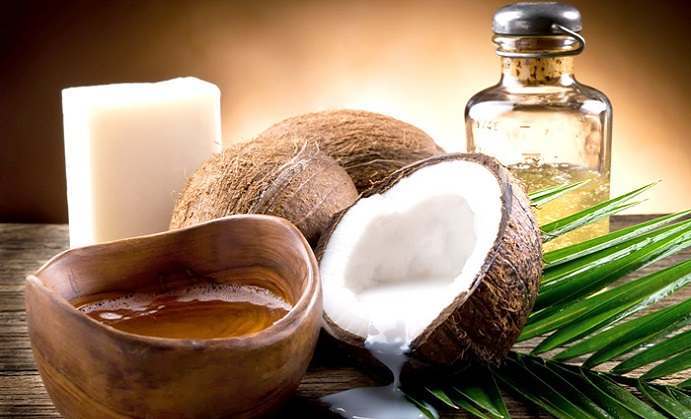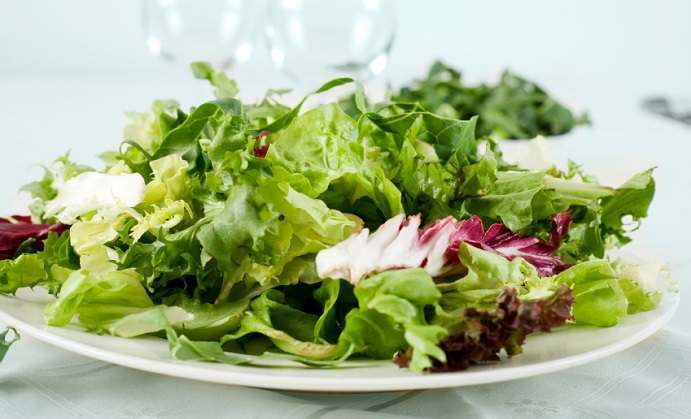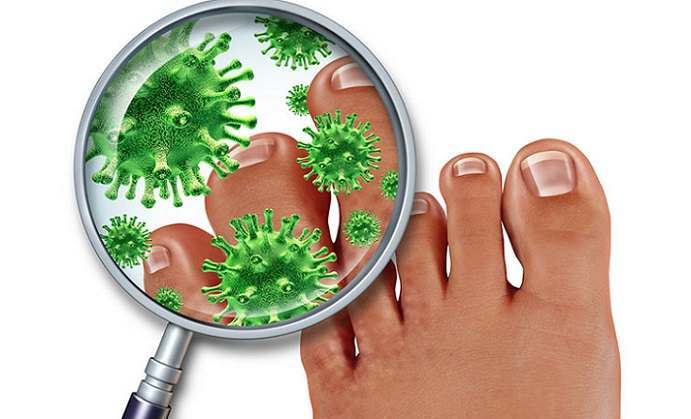Overview
Infections that come from fungi usually signify poor hygiene, misuse of antibiotics, and lack of immunity. Candida species such as Candida albicans are the major causes of most fungal infections. Fungi, as well as yeast varieties, usually grow in moist and warm parts of your body. The most affected areas include the armpits, feet, and genitalia. Fungal infections that are confined to one area can move to other parts and threaten the life of the infected person. Antifungal drugs can eliminate the infection, but they may cause gastrointestinal tract and liver irritations. Different natural herbs can treat fungal infections without causing any undesired effects. Consult a physician before using herbs to treat any condition.
Garlic Cloves
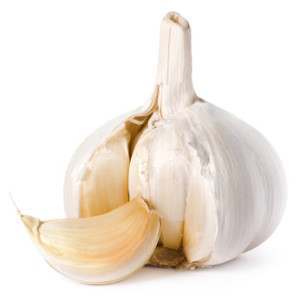 Ancient Greeks viewed garlic as an important health booster. This is because the herb has great antimicrobial characteristics. Raw garlic has the ability to destroy different fungal infections like candida. The herb is readily available and affordable. Its antifungal properties resemble those of allicin, a chemical that can destroy fungi while protecting the useful bacteria found in the intestines.
Ancient Greeks viewed garlic as an important health booster. This is because the herb has great antimicrobial characteristics. Raw garlic has the ability to destroy different fungal infections like candida. The herb is readily available and affordable. Its antifungal properties resemble those of allicin, a chemical that can destroy fungi while protecting the useful bacteria found in the intestines.
The herb can be used by rubbing it on peripheral fungal infections. It can also be consumed raw or as unscented capsules.
Coconut Oil
This powerful antifungal agent has the power to stimulate the bowels and flush out unnecessary microbes from your body. The major ingredients of this natural herb are caprylic acid and lauric acid. Both components are fatty acids. They play a major role in preventing yeast and fungal overgrowth. You can take coconut oil orally or use it on your skin. It is also used in vaginal douching. It is also an effective skin moisturizer.
Melaleuca Oil
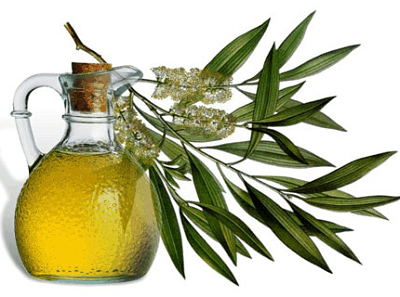 This type of oil is an extract of tea tree. Asians have been using this herb as a disinfectant. It can be used for both internal and peripheral infections. The oil has antimicrobial properties that help in deterring or killing bacteria, fungi, and viruses. It is also an effective treatment for vaginal infections. For vaginal use, soak tampons with the oil or use it for douching. Melaleuca oil is also an excellent choice for nail bed fungal infections.
This type of oil is an extract of tea tree. Asians have been using this herb as a disinfectant. It can be used for both internal and peripheral infections. The oil has antimicrobial properties that help in deterring or killing bacteria, fungi, and viruses. It is also an effective treatment for vaginal infections. For vaginal use, soak tampons with the oil or use it for douching. Melaleuca oil is also an excellent choice for nail bed fungal infections.
Oregano Oil
This herb is a product of oregano leaves. It has strong antimicrobial properties. You must dilute it before use because in produces strong stinging feelings. The active ingredients in this herb include thymol and carvacrol. The latter ingredient has antifungal properties. It can destroy candida infections and infections that affect the nails and skin.
Goldenseal
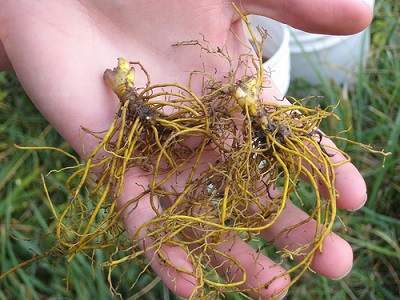 Goldenseal roots have disinfectant properties. People have been using it to cure burns and minor cuts. The herb has also proven to be effective in treating internal fungal and viral infections. It is commonly used to boost other powerful antimicrobials.
Goldenseal roots have disinfectant properties. People have been using it to cure burns and minor cuts. The herb has also proven to be effective in treating internal fungal and viral infections. It is commonly used to boost other powerful antimicrobials.
Goldenseal creams can be applied to the infected areas directly. You can also take this herb as capsules.
Olive Tree Extracts
Ancient Greeks acknowledged olive trees as important sources of health. Olive leaf extracts and oil contain oleuropein, a chemical with powerful antifungal properties. This chemical does not kill yeast or fungi, but it reduces their population by disrupting their reproductive cycles. It can also reduce and regulate blood sugars, helping to starve fungi and yeast.


